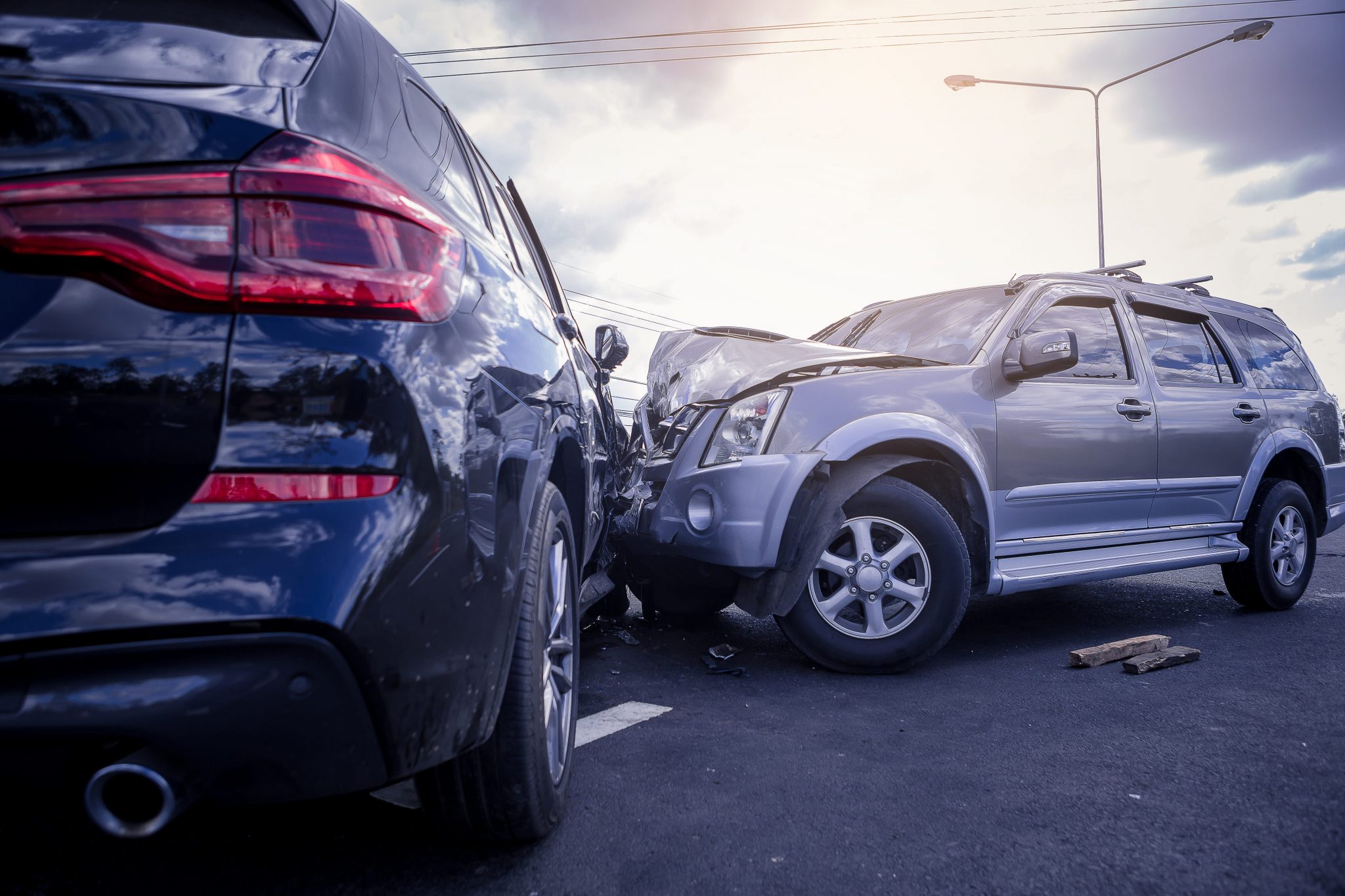- WE’RE HERE TO HELP 24/7
- 800.586.5555
Which Types of Car Accidents Are Most Dangerous?

Florida’s Governor, Ron DeSantis, Vetoes Repeal of ‘No-Fault’ Auto Insurance
July 2, 2021
Kanner & Pintaluga Names New HR Head, Primes for Continued Growth
July 12, 2021Which Types of Car Accidents Are Most Dangerous?

What people consider to be the most dangerous type of car or truck accident depends on how you want to define and measure danger. Rollover accidents are more likely to result in fatalities, but by some measures there are technically more deaths in rear-end accidents because there are so many more rear-end car crashes than there are rollover car crashes.
From a rate of car crash injuries and fatalities perspective, there is a clear hierarchy of accident type and risk.
Head-On Collisions
Two cars hitting each other head on is the most dangerous type of accident to be involved in by measure of rate and number of fatalities. Even at low speeds, two vehicles hitting each other are expending a lot of momentum and force into the vehicle they collide with. Passengers in these vehicles frequently suffer whiplash or other serious injuries because their forward momentum is immediately stopped or even reversed in fractions of a second.
About 11 percent of of all multi-vehicle auto accident deaths in the United States in 2019 were attributable to head on collisions. Although they’re far less common than rear end accidents, they represent about a quarter of all multi-vehicle fatality accidents.
Head-on collisions are nearly always caused by the negligence of one driver. These crashes can generally only occur if a driver gets into a lane going the wrong way or swerves into oncoming traffic.
These wrecks are frequently drunk driving accidents, distracted driving accidents or drowsy driving accidents. In all three scenarios people can potentially drift over the center line and into oncoming vehicles.
Rear-End Accidents
The most common type of accident, rear-end accidents, often don’t result in serious injury. It’s important to note that even a seemingly minor accident can cause injuries. In some cases, a driver involved in a rear-end collision may not even realize how seriously they’re injured until days or weeks later when they start experiencing new headaches, neck pain, nausea or dizziness.
The effects of whiplash aren’t always immediately obvious, which is why it’s important to see a doctor or chiropractor as soon as possible after an accident, even if you don’t think you were seriously injured.
The National Highway Transportation and Safety Administration (NHTSA) estimates there are about 1.7 million rear-end accidents in the United States every year. Those accidents result in a staggering 500,000 injuries, but only about 1,700 fatalities annually.
The vast majority of rear rend collisions – about 87 percent – are caused by distracted driving. They tend to occur when a car stops suddenly, and the following driver doesn’t notice or react in time to avoid an accident.
These types of accidents frequently occur during rush hour or even as a result of other accidents that cause a driver to stop suddenly in the middle of traffic. If following drivers are looking at their phone, chances are they won’t be able to brake in time.
Rollover Accidents
Only about 7.5 percent of auto accident fatalities in 2019 were attributed to rollover accidents, but that was in large part due to their comparative rarity. Rollover accidents are thankfully uncommon. If they happened more often, they would be responsible for far more serious injuries and deaths.
Passengers involved in these accidents are frequently ejected completely or partially out of rolled vehicles. This can result in passengers being trapped under vehicles or suffering serious injuries when they hit the asphalt.
Certain types of vehicles, mainly those that are tall, narrow or particularly heavy, are more likely to rollover due to their higher center of gravity. Drivers who speed, drive aggressively or who drive under the influence are more likely to roll their vehicles.
T-Bone and Angle Accidents
Nearly 20 percent of all car crash fatalities are caused by T-bone or angled collision accidents. These accidents occur when one vehicle slams frontwards into the side of another vehicle. These accidents can be particularly dangerous because the vehicle may be hitting at a high rate of speed mere inches or feet away from the driver or passengers in the other vehicle. These accidents can also push the impacted vehicle into other lanes of traffic and may result in other vehicles crashing as a result.
T-bone accidents frequently occur when a driver is speeding to try to make a light that’s changing. If they don’t get to the intersection in time and blast through a red, there’s a risk that cars traveling perpendicular to the speeding vehicle may begin to go through the green, at which point there’s a T-bone collision.
The reverse can also occur where a driver who runs a red light gets T-boned by oncoming traffic with the right of way.
